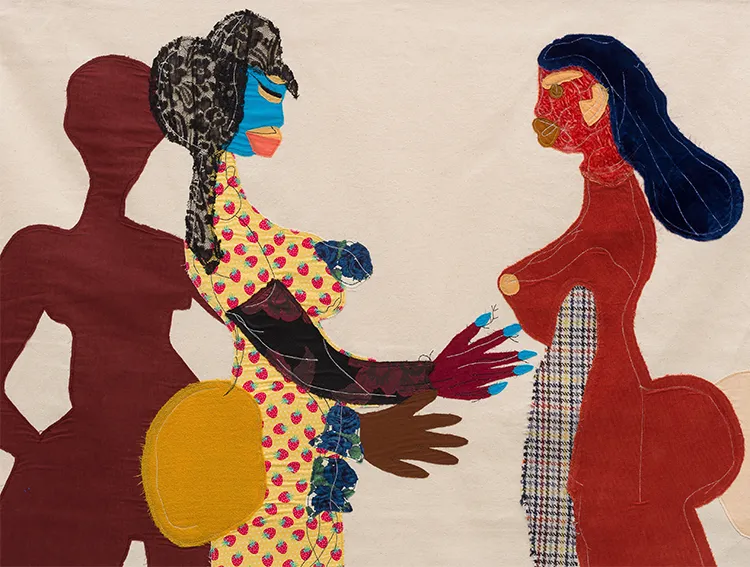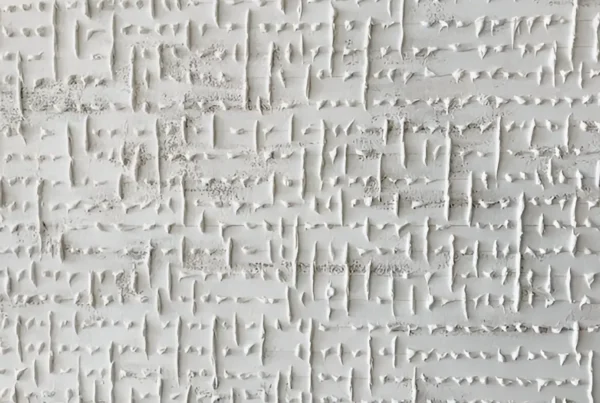A Vision Born from Harlem’s Heartbeat
Growing up in Harlem, Tschabalala Self formed a connection to her community that deeply influences her artistic exploration of the Black female body. Her artworks do not simply capture forms but challenge the prevailing narratives surrounding Black femininity. Through her personal lens, Self seeks to dismantle and rebuild the perception of these bodies, aiming to reflect their complexities and nuances far beyond the stereotypes often seen in media and art. Her engagement with these themes is not merely academic; it is a vivid part of her lived experience, imbuing her work with authenticity and urgency.
Self’s journey into the arts was shaped by her environment, both culturally and personally. The vibrant, often harsh urban landscape of Harlem, coupled with her own experiences as a Black woman, serve as the bedrock of her thematic choices. She has consistently focused on what these bodies represent in the societal context and the myriad ways they are viewed and misunderstood. Her work stands as a bold invitation to viewers to reexamine and challenge their own perceptions of race, identity, and femininity.
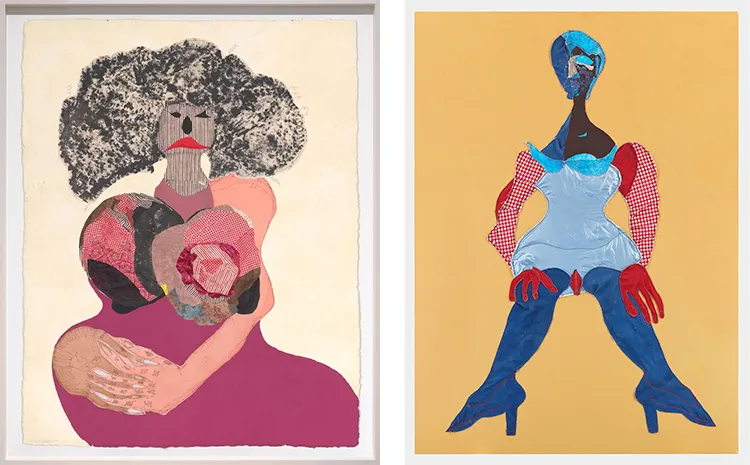
Tschabalala Self: Crafting Narratives Through Threads and Textures
Tschabalala Self’s unique artistic style, characterized by the use of sewing, stitching, and printing, is deeply rooted in her familial and cultural history. Her mother, an avid sewer who also ran a trade program, introduced Self to the tactile world of fabrics and textiles early in her life. This early exposure significantly shaped her artistic methods, enabling her to integrate these materials into her visual storytelling. By incorporating techniques such as sewing and stitching, Self pieces together fragmented identities, crafting cohesive narratives that speak volumes about individuality and form.
The choice of materials goes beyond aesthetic concerns; it is a strategic and symbolic utilization of textiles that connect with themes of unity and division, patching together disparate elements to form a whole. This approach is reflective of the artist’s broader mission to weave complex identities and stories into the fabric of her artworks. Through these methods, Tschabalala Self does more than create art; she stitches together narratives that challenge viewers to think differently about identity, form, and the intersections of both.
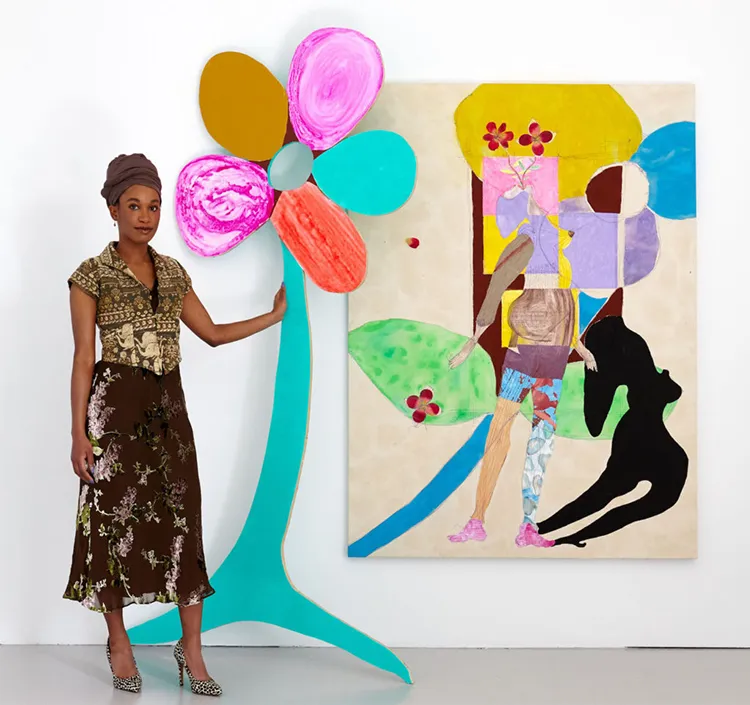
The Bodega as a Canvas
In Tschabalala Self’s compelling series ‘Bodega Run,’ the artist brings to the forefront the significance of common urban spaces in the lives of communities of color. Bodegas, more than mere convenience stores, emerge in her work as vibrant social hubs integral to the neighborhood’s daily rhythm and culture. These settings are not chosen at random; they are emblematic of the economic and social landscapes that shape and define the lives of the people within these communities. Self’s portrayal of bodegas delves into more than their aesthetic and functional roles; it probes into the dynamics of race, class, and community life in American urban settings.
The bodega series holds a special place in Self’s oeuvre as it connects with her upbringing in Harlem, where such establishments are much more than places of commerce. They are locales where social interactions weave the communal fabric, where narratives of struggle, resilience, and everyday life are both observed and lived. By situating her art in these everyday locales, Tschabalala Self does not merely represent her community; she actively participates in and comments on its ongoing story, using the familiar to highlight the overlooked or misunderstood aspects of urban African American life.
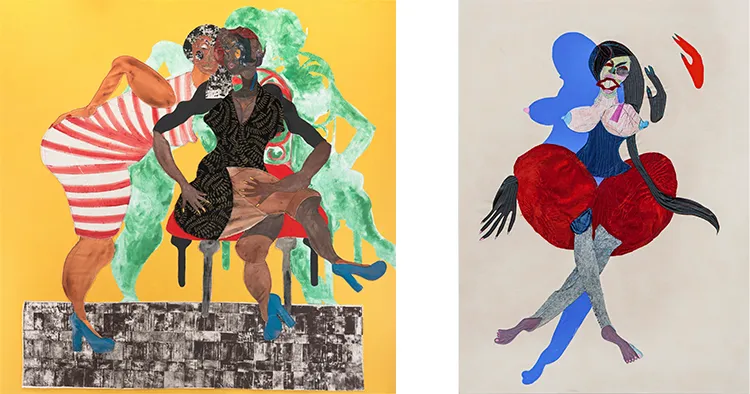
The Avatars of Tschabalala Self
Tschabalala Self’s exhibitions, notably her 2020 show at the Institute of Contemporary Art in Boston, prominently feature avatars that serve as central figures in her visual narratives. These avatars are more than characters; they are embodiments of different facets of Black femininity and identity, each telling their own story while contributing to a larger discourse on perception and representation. Self uses these figures to explore and dismantle the fantasies, myths, and pervasive attitudes surrounding the Black female body, offering both a critique and a celebration of its complexities.
These avatars allow Self to navigate and interrogate the layered narratives of Black femininity in a space that is both abstract and literal. They act as agents within the worlds she creates, challenging the viewer to engage with the art on a level that transcends traditional viewing. They invite an interactive experience, where the onlooker is compelled to confront their biases and embrace a broader, more nuanced understanding of identity. Through these vivid, often larger-than-life figures, Tschabalala Self constructs a dialogue that is as visually striking as it is thought-provoking, pushing the boundaries of how art interacts with and impacts its audience.
